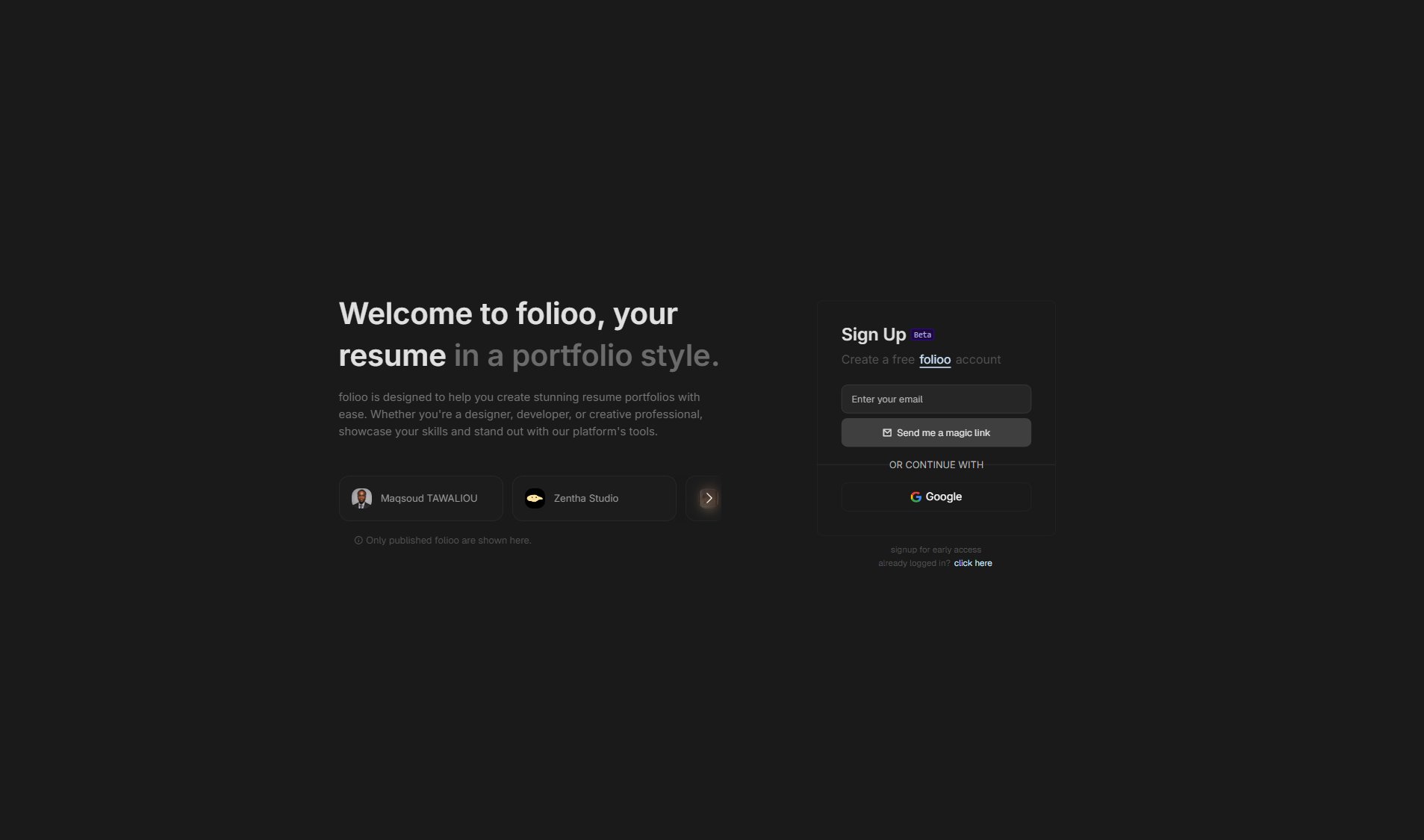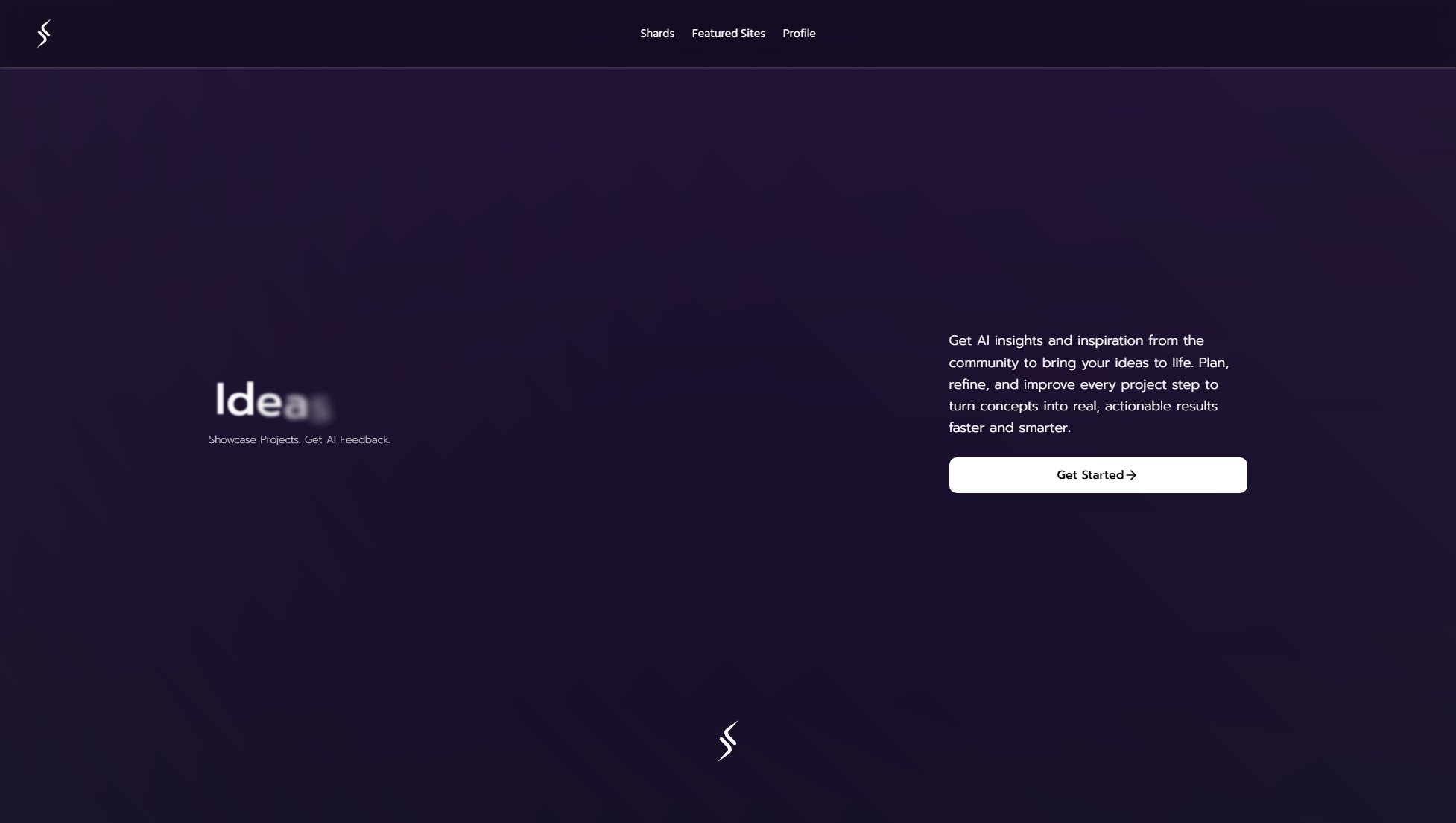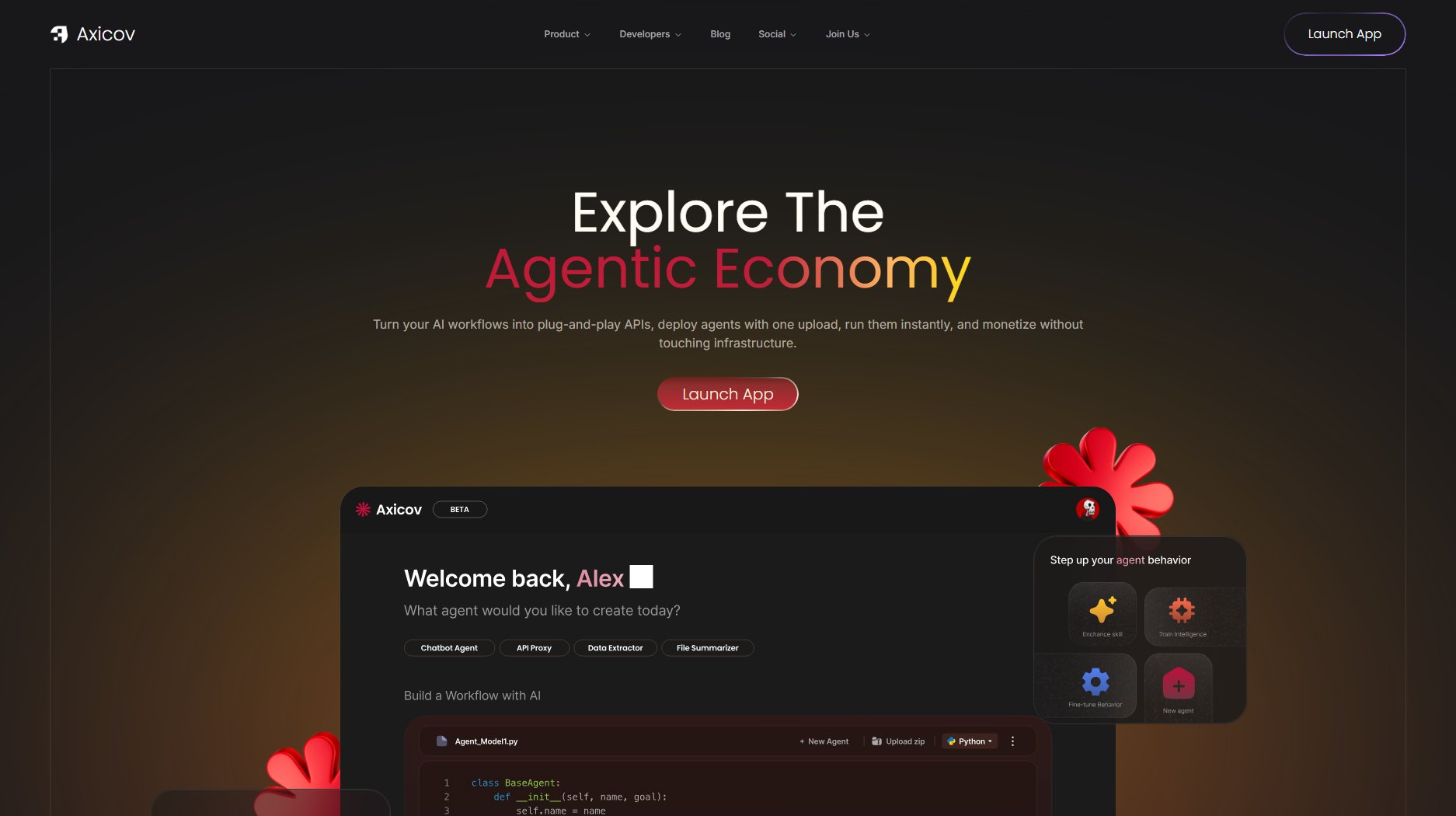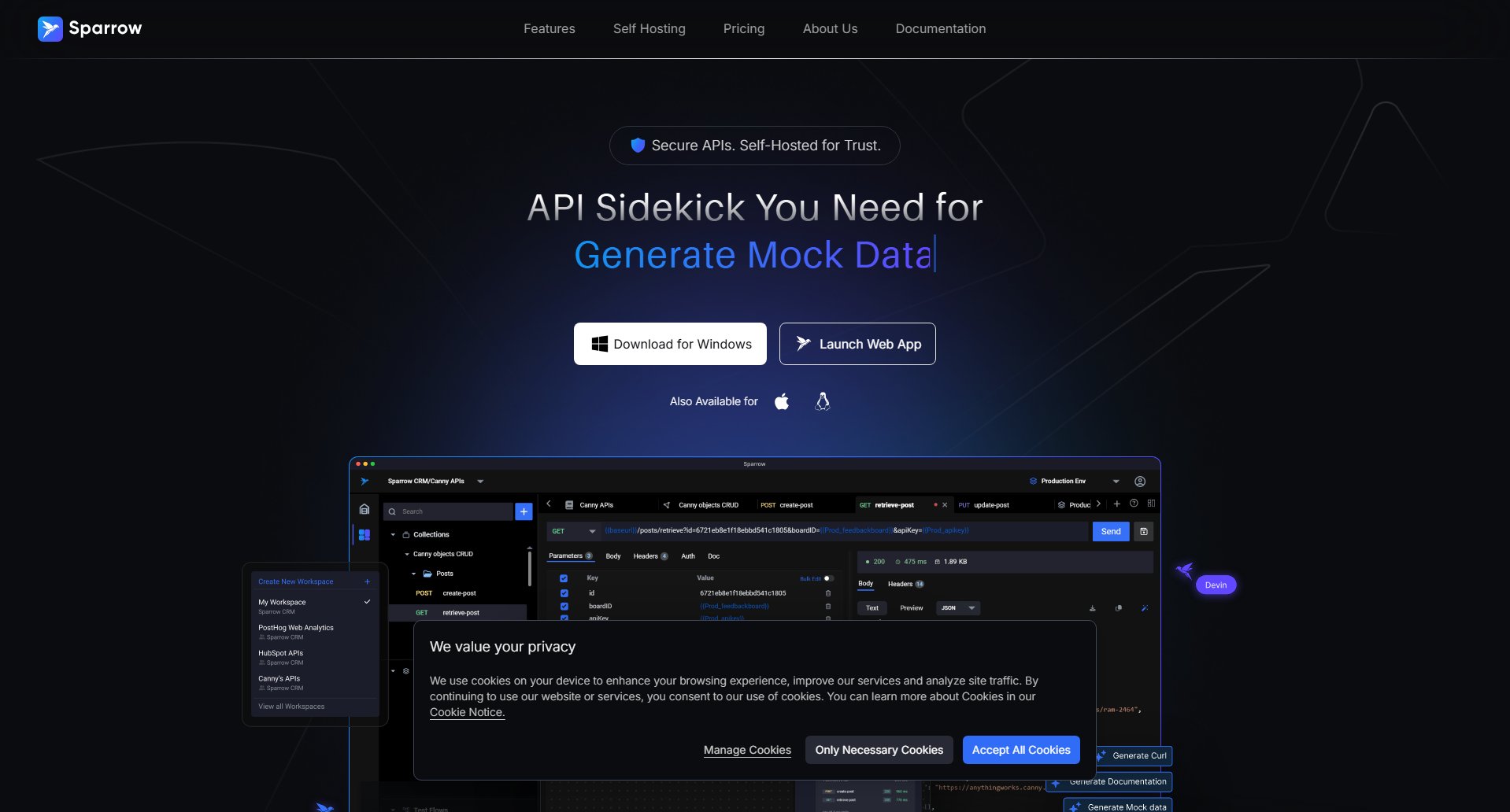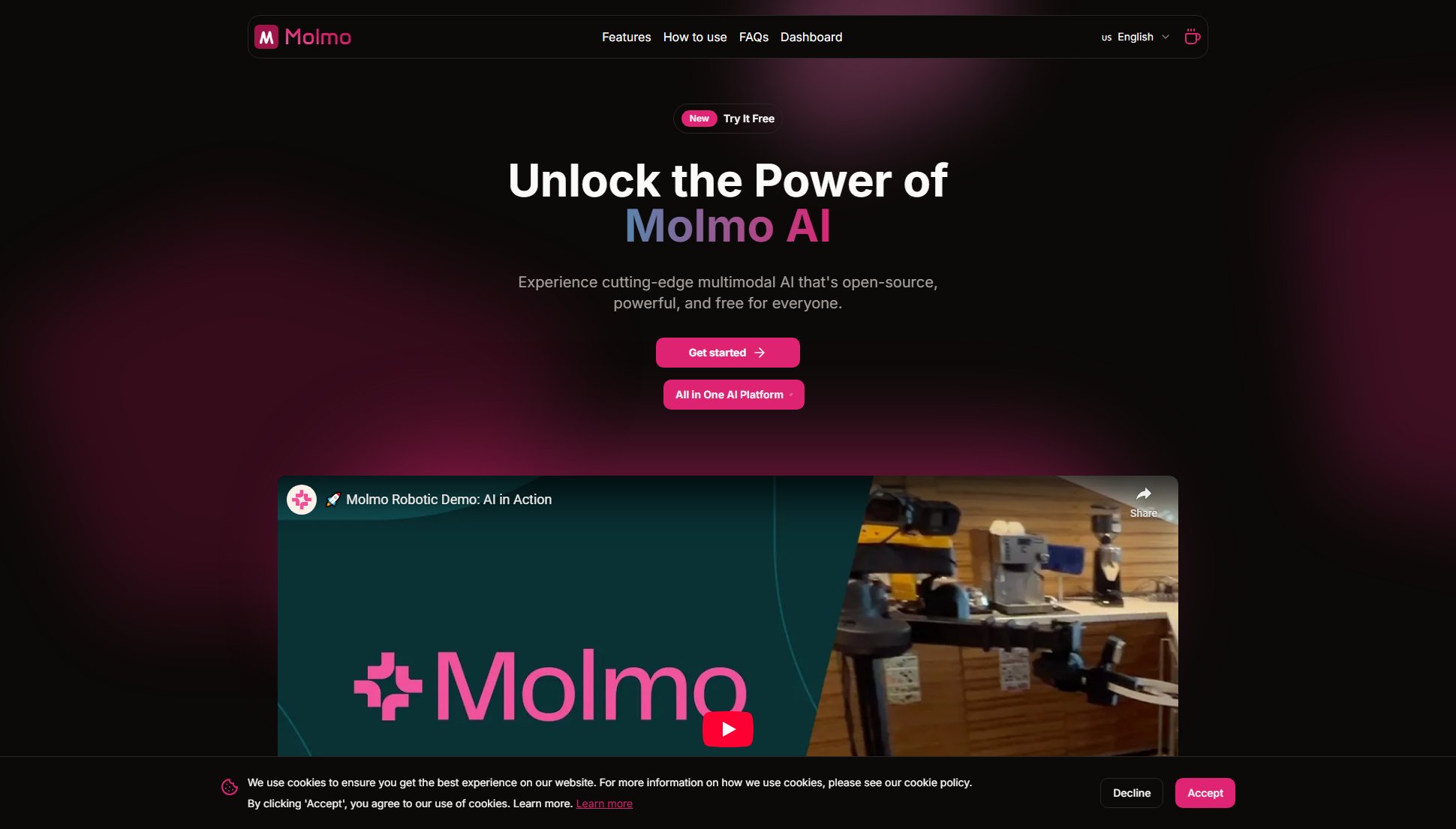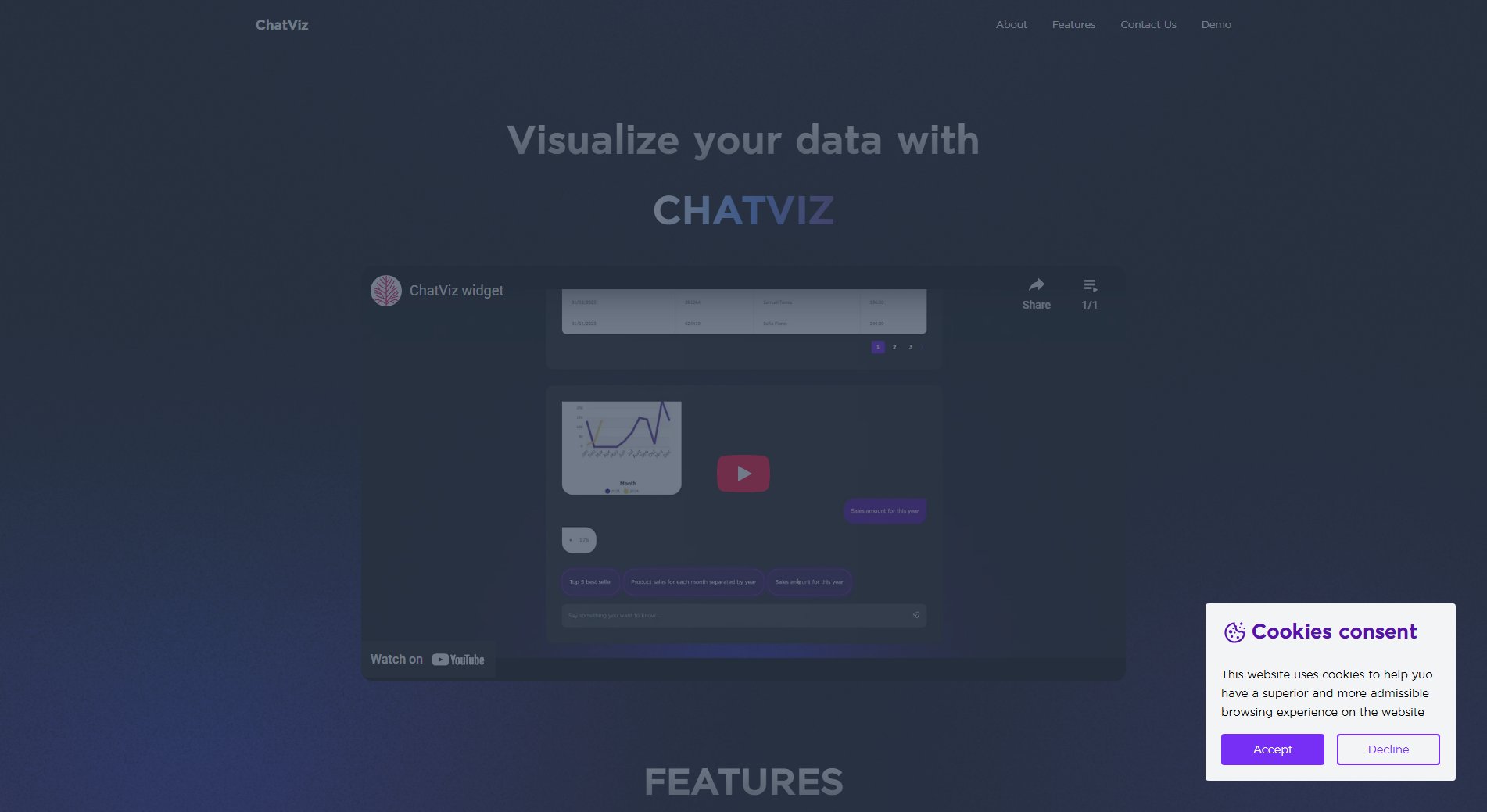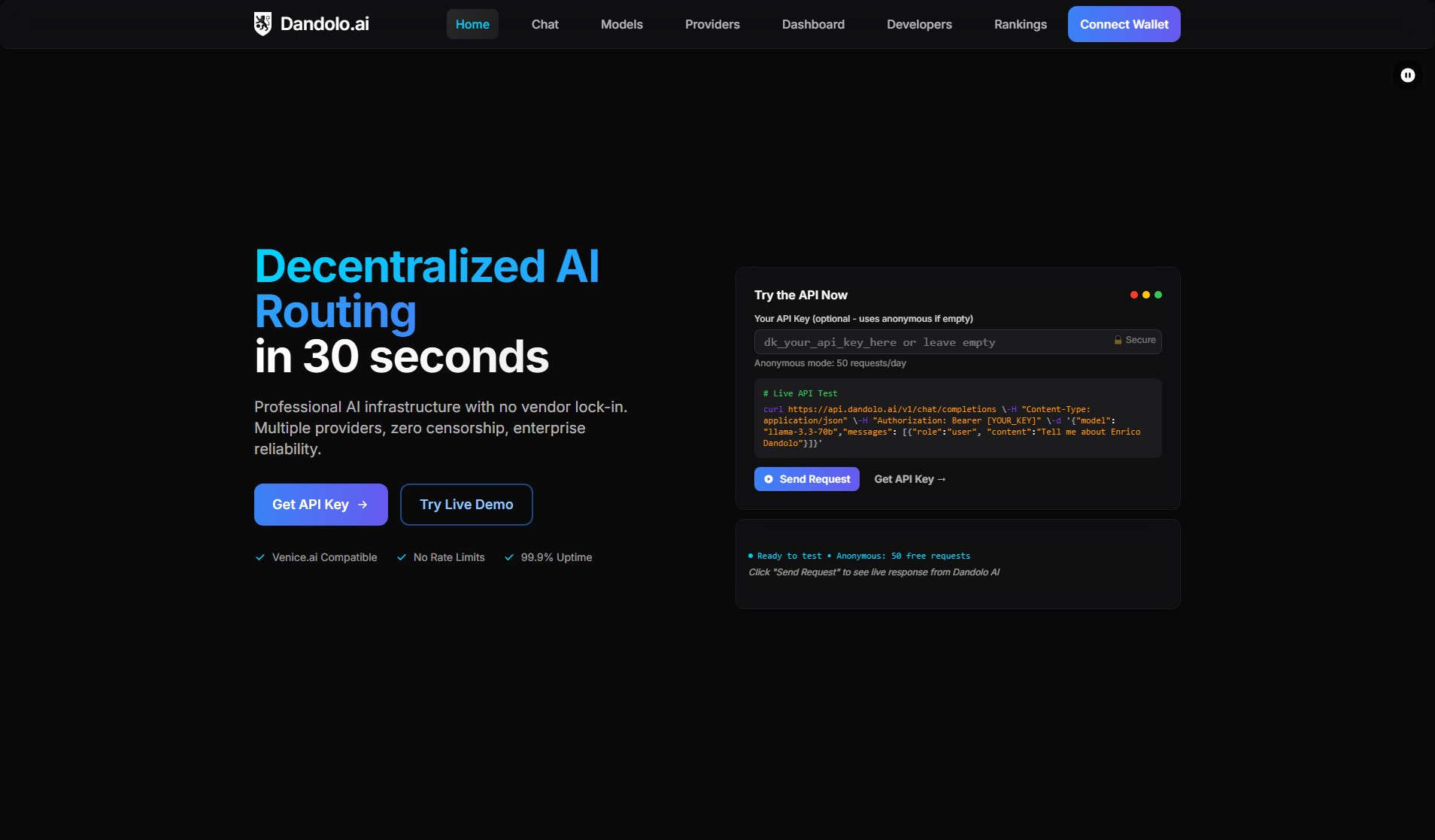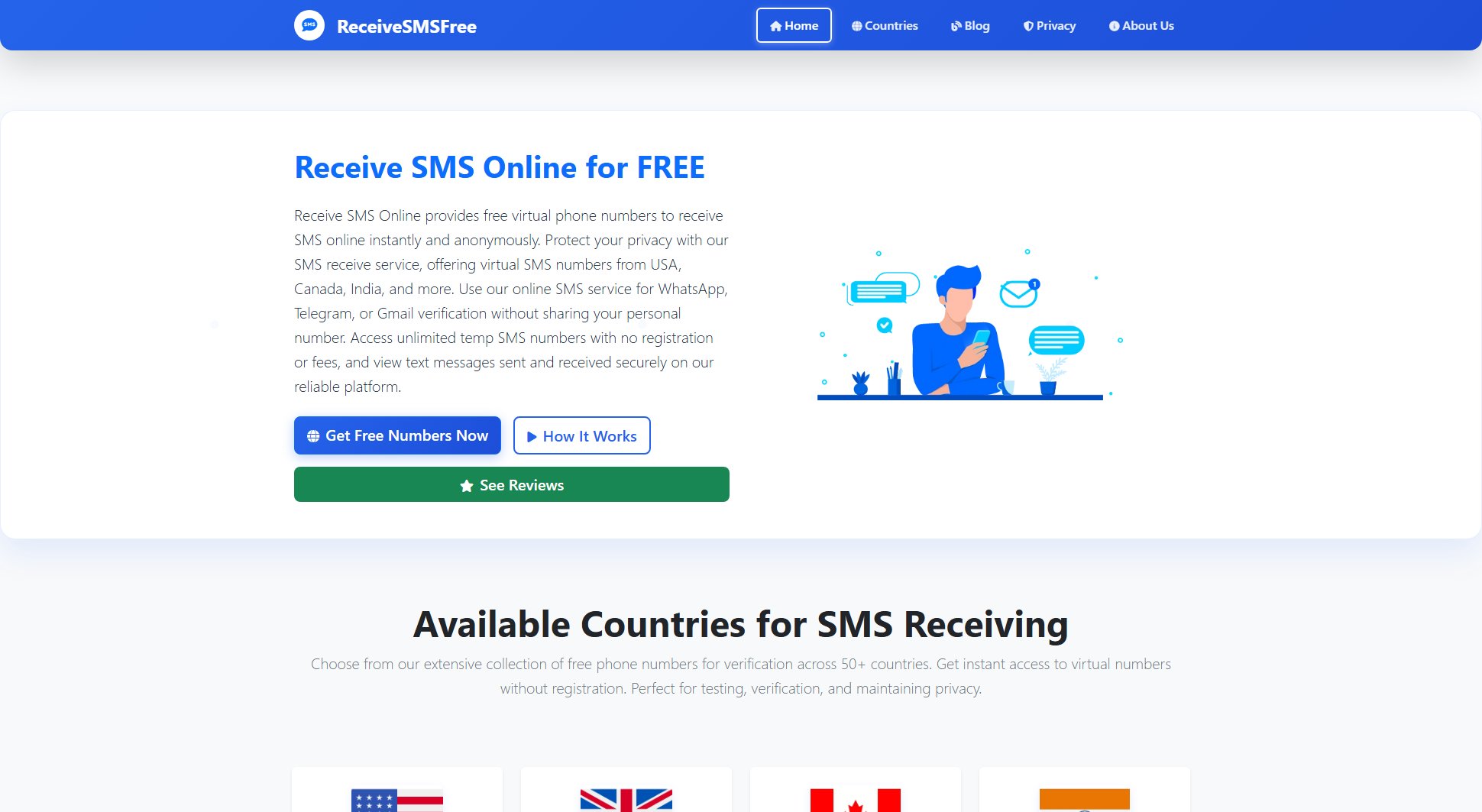Factory
Agent-Native Software Development for Modern Teams
What is Factory? Complete Overview
Factory revolutionizes software development by introducing Droids - AI agents that integrate seamlessly into your existing workflow. These agents can handle complete tasks like refactoring, incident response, and migrations without requiring changes to your tools, models, or processes. Designed for development teams of all sizes, Factory works across multiple platforms including IDEs (VS Code, JetBrains, Vim), web browsers, command line interfaces, Slack/Teams, and project management tools. The platform enables developers to delegate complex coding tasks while maintaining full control over their workflow. Factory is particularly valuable for enterprises needing secure, scalable AI solutions that integrate with existing engineering tools while maintaining strict data privacy and compliance standards.
Factory Interface & Screenshots
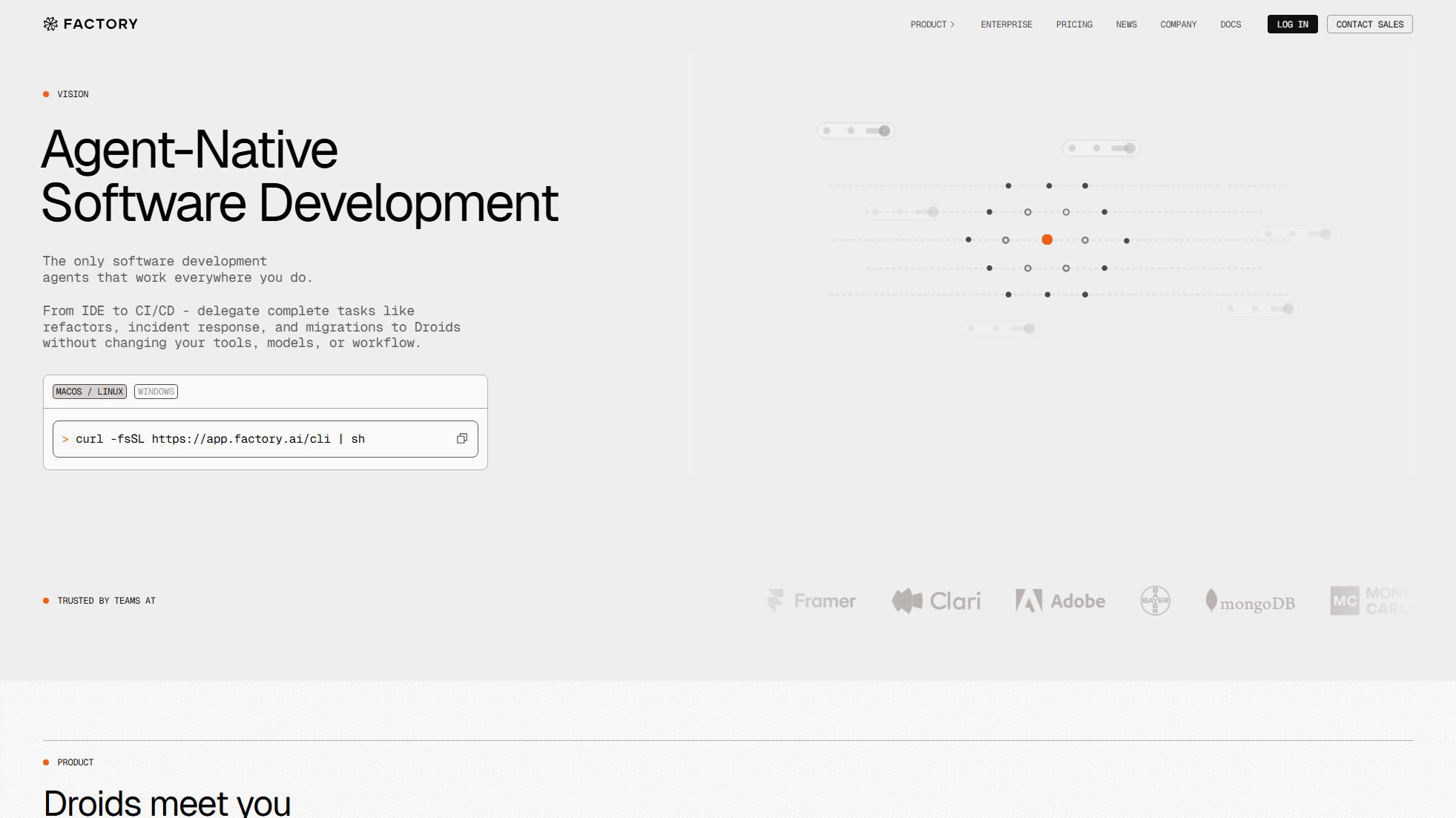
Factory Official screenshot of the tool interface
What Can Factory Do? Key Features
Multi-Platform Integration
Factory's Droids embed directly into your workflow across multiple platforms including IDEs, web browsers, command line interfaces, and collaboration tools like Slack and Teams. This allows developers to delegate tasks wherever they're working, without disrupting their existing processes. The platform supports all major development environments including VS Code, JetBrains, Vim, and more.
Agent-Native Development
Factory introduces a new paradigm of agent-native development where AI agents (Droids) can handle complete development tasks end-to-end. These include complex coding tasks, refactors, debugging, incident triage, and even backlog management. The system maintains full traceability from ticket to code, automatically creating PRs while preserving context.
Enterprise-Grade Security
Factory employs state-of-the-art security protocols to protect your data and IP. The platform is designed to meet enterprise security and compliance requirements, with features like audit logging, activity trails, SSO integration, and on-premise deployment options. This makes it suitable for industries with strict data privacy requirements like fintech.
Scalable Automation
The platform enables scripting and parallelization of Droids at massive scale for CI/CD, migrations, and maintenance tasks. Developers can automate code review, implement self-healing builds, and integrate agents into every phase of development. The system supports both cloud and local background agents.
Flexible Model Support
Factory supports all state-of-the-art coding models including GPT-5, Claude Sonnet 4, OpenAI o3, Gemini 2.5 Pro, and Claude Opus 4.1. The platform is interface and vendor agnostic, working with any model provider and any development tooling. Users can bring their own keys and models (BYOK).
Best Factory Use Cases & Applications
Incident Response Automation
Engineering teams can use Factory to automate incident response. When an incident occurs, support teams and engineers can delegate triage and initial debugging to Droids through Slack/Teams. The agents provide code-level solutions, significantly reducing Mean Time To Resolution (MTTR) while maintaining proper oversight.
Large-Scale Code Migrations
Factory excels at handling complex code migrations. Developers can script and parallelize Droids to execute massive migrations across repositories. The agents maintain context awareness, handle dependency resolution, and can work through the entire migration process with minimal human intervention.
Automated Code Review
Teams can integrate Factory into their CI/CD pipeline to provide intelligent, automated code review. The Droids analyze pull requests with full context of the codebase, identifying potential issues and suggesting improvements while adhering to the team's coding standards.
Developer Onboarding
New team members can use Factory to quickly onboard to complex codebases. The agents help navigate dependencies, explain architecture, and even generate example implementations, dramatically reducing the time needed for new developers to become productive.
How to Use Factory: Step-by-Step Guide
Install Factory by running the CLI command: 'curl -fsSL https://app.factory.ai/cli | sh'. The installation works on macOS, Linux, and Windows systems.
Integrate Factory with your preferred development environment. The platform supports direct integration with IDEs (VS Code, JetBrains, Vim), web browsers, command line interfaces, and collaboration tools like Slack and Teams.
Configure your preferences including model selection (you can use Factory's models or bring your own keys), autonomy levels, and any specific workflows or slash commands you want to implement.
Start delegating tasks to Droids. You can assign tasks through your IDE, web interface, command line, or even directly from project management tools by mentioning Factory in tickets. The agents will pull context and implement solutions.
Review and manage the output. Factory maintains full traceability of all agent activities, creating PRs for code changes and providing detailed logs. You can track analytics, usage statistics, and collaborate with team members on agent outputs.
Factory Pros and Cons: Honest Review
Pros
Considerations
Is Factory Worth It? FAQ & Reviews
Factory supports all state-of-the-art coding models including GPT-5, Claude Sonnet 4, OpenAI o3, Gemini 2.5 Pro, Claude Opus 4.1, and more. The platform is model-agnostic and allows you to bring your own keys and models.
All code generated by Factory belongs to the user. The platform is designed as a tool to assist developers, not replace them, and all output is fully owned by the customer.
Factory employs enterprise-grade security measures to protect your data. The platform offers on-premise deployment options for maximum control and complies with strict data privacy standards, making it suitable for industries like fintech and healthcare.
Yes, the BYOK (Bring Your Own Keys) plan allows you to use Factory with your own model API keys at no cost. This gives you flexibility while maintaining control over your model usage and costs.
For Pro and Max plans, after you exceed the included Standard Tokens, additional usage is billed at a predictable, usage-based rate. Enterprise plans can negotiate custom limits and pricing.

